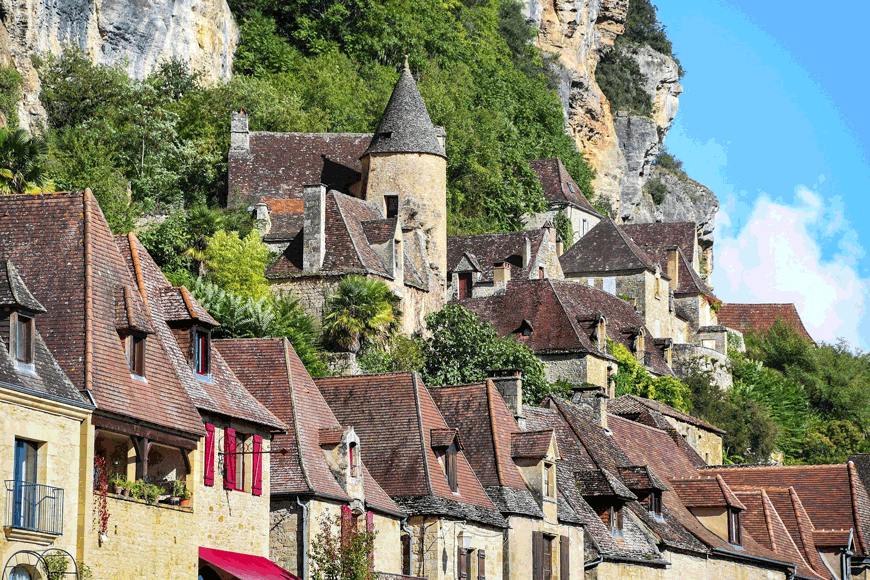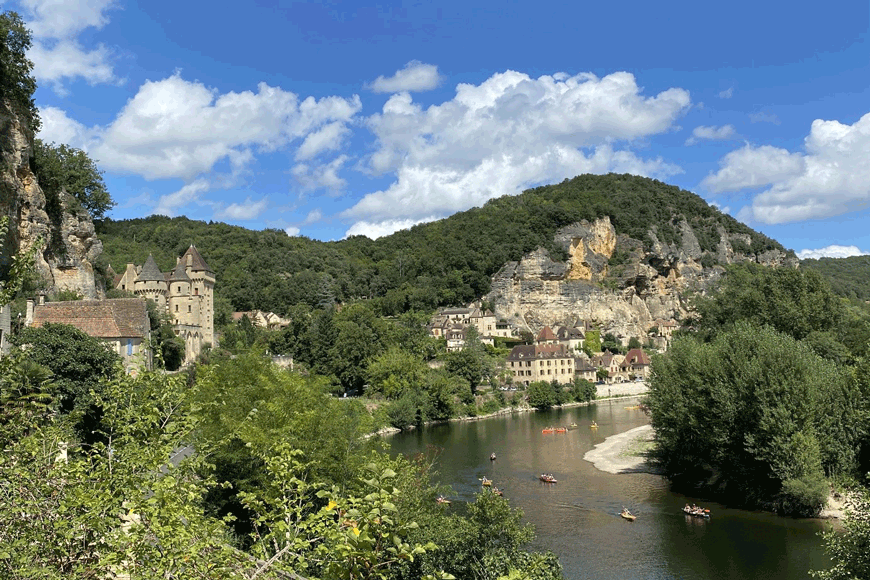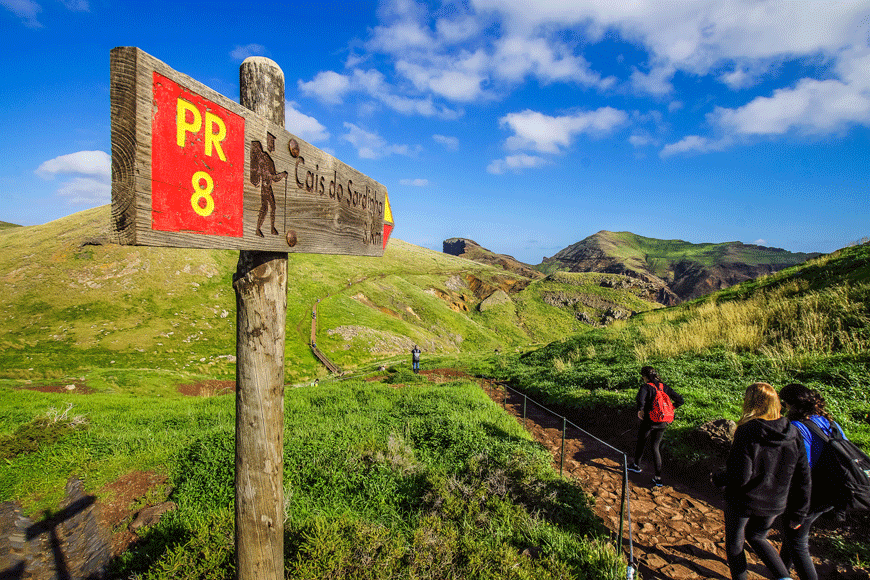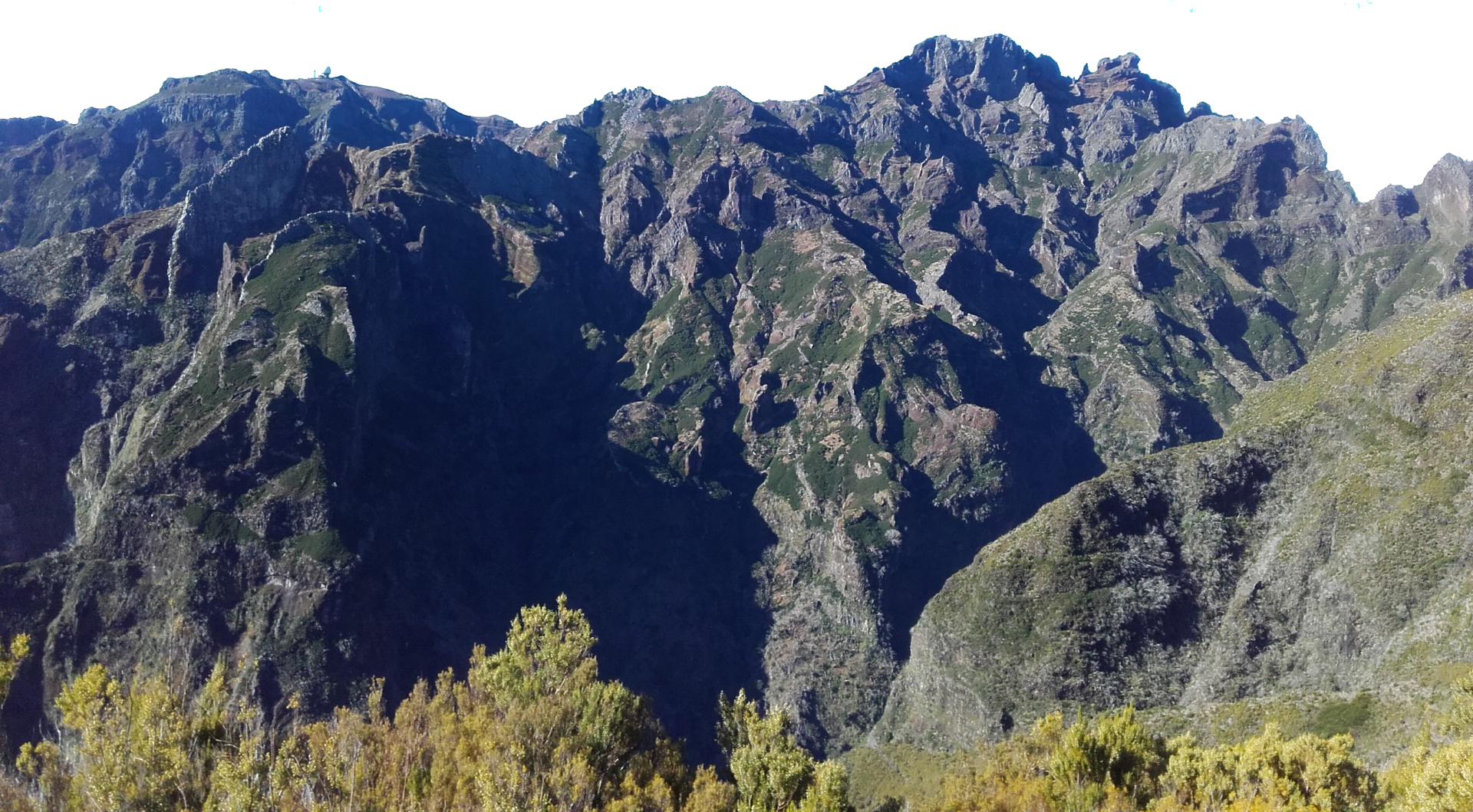Walking in the Dordogne: castles, caves and villages of the Périgord Noir
PASSPORT & DOCUMENTS
Passport / Driver licence if required
HEALTH INFORMATION
No vaccination requirements
INSURANCE
Please insure that you have valid travel insurance.
WEATHER
With its oceanic climate and 200 days of sunshine a year, the Dordogne is very pleasant in all seasons. There can be great variations in temperature depending on exposure and terrain - hilly or flat, open or wooded. The Périgord is in fact a land of transition between the temperate oceanic climate of Aquitaine and the semi-mountainous climate of the Massif Central.
- Spring is a rainy period but with mild temperatures. It offers beautiful days and the colours are magnificent with all shades of green.
- Summer is often dry and hot, with temperatures averaging between 25 and 35 degrees Celsius, but with occasional thunderstorms to cool the atmosphere.
- The first part of autumn from September to October is a very pleasant season. The weather is mild with beautiful orange and purple colours: a good season for mushrooms, chestnuts and walnuts.
- In winter, it remains fairly mild with some cold spells, but mainly mild due to the nearby Atlantic influence. Frost is possible but it rarely snows.
ELECTRICITY
Europe is on a 220 Volt system
Check if you require an adaptor for your electrical items HERE
MOBILE PHONE & INTERNET
Please check that your mobile/cell plan allows for calls & messages abroad
A good option is to buy a “country Sim card” in a phone shop / newsagent. It will cost you around 10€ / 15€ and will allow you to call local phone numbers with internet access
MONEY MATTERS & CLOSING HOURS
The currency is the €uro. Please ensure to have some cash with you as there aren’t always ATM machines in small villages.
Tips are always included (different than in Canada and USA) but always appreciated.
Please note that many restaurants in France do not serve food all day
Many shops are closed on Sundays, supermarkets are usually open until midday
FAQ
Where is the Dordogne?
Dordogne is synonymous with Périgord, located in southwestern France in the New Aquitaine region. The Dordogne is bordered by the ramparts of the Massif Central to the north, the Causses du Quercy to the east, the orchards of the Lot et Garonne to the south and the gravel of the Gironde to the west.
What's the difference between Dordogne or Périgord?
Périgord, for its part, is an old French county which corresponds approximately to the current department of Dordogne, but it is divided into four regions: the Black Périgord, the Green Périgord, the White Périgord and the Purple Périgord, each with a different history and culture that distinguishes them from each other.
What is the best month to visit the Dordogne on a walking tour?
The autumn months of September and early October are certainly some of the best months to visit the region; the crowds begin to thin, queues are shorter and the bonus is temperatures are warm - in the late twenties.
Is it safe to swim on my Dordogne walking holiday?
The rivers and natural swimming spots around the Dordogne are mainly blue, so you can swim, kayak, canoe and dive happily in the knowledge that the waters are clean and healthy.
How clean is the Dordogne River?
The Dordogne Rover is one of the cleanest in France! The water is good quality and unpolluted
- From 790€ /pers
-
- Self-guided Walking
-
-
Easy
-
-
-
- 8 days
-
-
-
- From March to November
-
-
- Simple -
- Comfort -
- Charming -
- Superior
-
-
- Ref : D1104
How does it work
- 1 - Select your start date & accommodation choice and click “BOOK NOW”
- 2 - Enter your details
- 3 - Pay the deposit
- 4 - Wait for full confirmation before booking your flights
Book with confidence
- We manage the logistics of your trip ( hotel, luggage transfer, bike)
- We are a certified agency
- You reserve the right to refuse our offer, and request a refund
Contact us
-
+33 (0)4 86 65 00 20
-
contact@intura-travel.com







